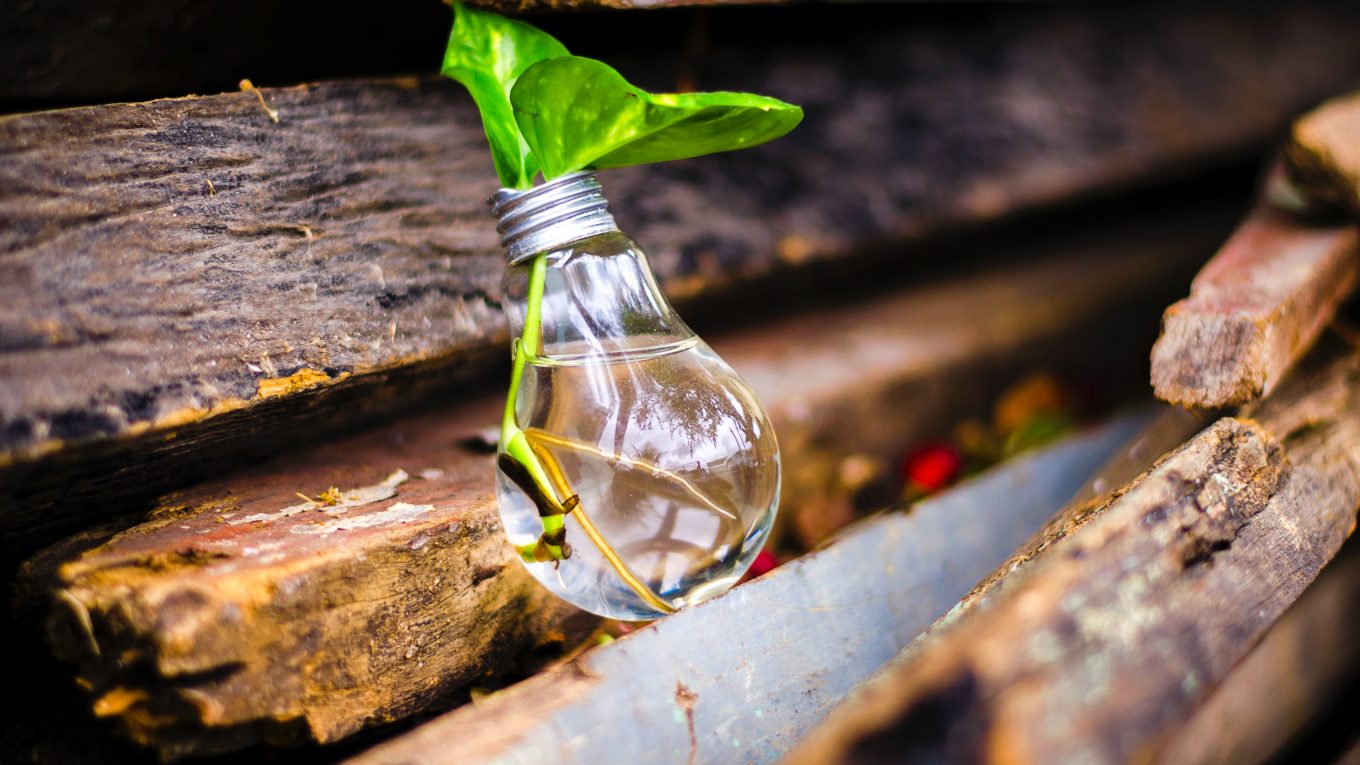How to be more sustainable- evaluating eco-friendly tips (part 1)
Oriana in Year 8 shares sustainable living tips, imploring us to take action! This two-part series
I’m going to cut the sweet talk because I don’t have the time to jabber on about meaningless things. Nor do you. Because you should be so busy trying to do everything you can to save our planet if you want to have a future like what you are living now.
So here are some easy things you can do to help, but with the evidence that they do (or don’t) work.
Our global leaders have hopes to reach a 1.5°C target, but already that…
- Means our sea level rises by almost half a metre
- We will have a huge number of losses from all species of plants, vertebrates, and insects
- At least once every 1 hundred years there will be an ice-free Arctic summer
- And 90% of our coral reefs are lost.
We are on track to get to 2°C but some people are saying a 5°C is more likely. With a 0.5°C incline, people are dying. The damage of 5°C is unimaginable.
So, if you want the next generation to see a polar bear or a coral reef, you had better start working now, and we need to succeed before 7 years are gone.
Here is the counter for how much time we have: Remaining carbon budget – Mercator Research Institute on Global Commons and Climate Change (MCC) (mcc-berlin.net).
I will be exploring how your daily lives contribute to the end of our world as we know it, and how we can lower this number today to change our tomorrow.
Firstly, let me just clarify that there is no point saying that solar panels, or wind farms or biofuels will save us, because they don’t have time to.
They are important factors, but we need to act now to lengthen the time we have because although we have promised a net zero target by 2050, that will be pointless as our carbon budget will be gone in about 7 years.
Therefore, if our global leaders can’t commit to anything, we must start changing ourselves as individuals now, to start a bigger impact.
Changing your lightbulbs
Your lightbulbs do make a difference to our planet; it’s not nonsense when people say to turn off the lights. If you use a regular lightbulb for the average amount of time per day, you will be emitting 125kg of CO2 each year. For one lightbulb. The average household has around 35 lightbulbs, most of which are not LED. That means that about 4375kg of CO2 is released in powering your lightbulbs.
The effect of this is shown in a survey taken in 2007 where about 19% of all electricity was used for lighting purposes only.
However, if you change your lightbulbs to some compact fluorescent (CFL) bulbs, you save over 100kg of CO2 each year, per lightbulb. This means, that you save 3500kg of CO2 per year if your entire house was lit only with CFL’s. The savings would be even more if you switch to LEDs…
Showering
Many people shower once a day in the UK. So how much do each of our showers cost the planet?
Most people’s showers are about 7 to 10 minutes long from when you turn on the shower to when you turn it off- that’s about 200 kilograms of CO2 emissions, per person each year. If we multiply that by the population count of the UK that’s 14 billion 219 million 424 thousand 960 kilograms of CO2 emissions per year.
Scale that up to the world’s population, allowing for those who don’t shower each day, it’s still around 1 trillion 5460 billion kilograms caused only by showering.
So how can we change this? We can almost half those numbers by taking a 5-minute shower each day. If only a hundred people change their habits to taking a 5-minute shower each day, that’s stopping 10,400kg of CO2 emissions per year. If the same 100 people keep limiting their showers for 5 years that’s 52,000kg of CO2 emissions stopped.
Imagine if WHS did this…

